What is it playing in every, ALL keys? For most instruments that have set fingerings for each scale, this is possible and somewhat manageable.
What is it playing in every, ALL keys?
For most instruments that have set fingerings for each scale, this is possible and somewhat manageable.
I've heard this all my musician life as a jazz guitarist (pre ukulele) — Learn in ALL keys. And this is the goal, to play any song in any keys. The hard part for instrument such as guitar and ukulele where you can play:
- Melodies
- Chords
- Improvise: Scales, Intervals, Arpeggios, Sequences
- Melody and Chords together
As you can see, for instruments that can only play single notes – they should know the chords, scale, etc. – this is more manageable.
The great teacher Dennis Sandole , a guitarist as his main instrument, who is well known as the teacher/mentor for John Coltrane and the who's who of jazz. Had ALL his students which included horn players, saxophone, piano, bass, even bagpipes, and guitarists. All but the guitarist had to play any of the melodic figures, scale, etc. that he wrote out as part of the lesson, play in ALL keys. All except guitar students, which I found out later did not have to play in all keys. They had to be able to play starting on any finger on any string – the Every Finger, Every String principle I use in my development and with students.
Here are a few of the lessons that demonstrate that concept that you should apply to anything melodic you are working on.
The QuickStart Scale & Arpeggio Series of books uses this principle.
The Six Secrets of Ukulele Fingering
This is the book and principles that are used for ALL the lessons and books mentioned.
Learn the six fingering principles to navigating the ukulele fingerboard. Fingering is one of the most universal topics. Whether your style is Rock, Blues, Country, Jazz or Classical, these principles will improve your technique, your solos, even your sight-reading. Think of fingering as a series of pathways. When you learn to connect these pathways, there are benefits not only to technique, but also to creativity. All fingering on the ukulele can be reduced to 6 principles of motion. Each principle has physical and musical characteristics that you can use to improve your playing.
Fingering is one of the universal topics. Whether your style is Rock, Blues, Country, Jazz, or Classical, these principles will improve your technique, your solos, even your sight-reading.
Think of fingering as a series of pathways. When you learn to connect these pathways, there are benefits to technique and creativity. All fingering on the ukulele can be reduced to six principles of motion. Each principle has physical and musical characteristics that you can use to improve your playing.
Let the Work Begin
Granted, this is a lot of work and well worth the effort.
The A Lot of Work
is not the ear – it's getting the fingers to execute what the ear wants. Of the mind – hands – and ear, the hands are the part that take ll the work.
A great series of videos from Bob Miles, Miles of Music TV show on a panel recalling their interactions and lessons with Dennis Sandole.
Related Lessons, Videos, Lesson Series, Songs, Books & Reference Charts, Resources & Assets, Workshops are below.
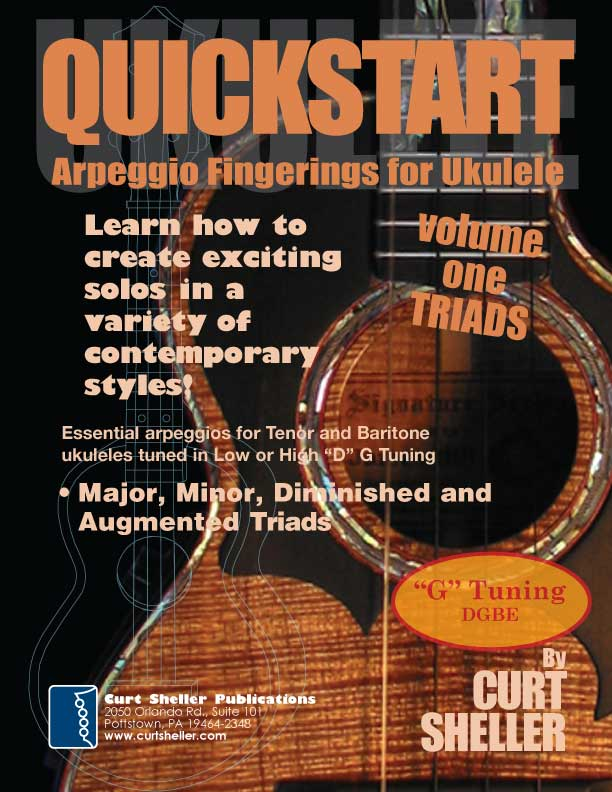
Scale Arpeggio Fingerings for Ukulele - Triads is a concise, well organized book ideal for any ukulele player beginning to explore the ukulele's full potential as a musical instrument. Arpeggio Fingerings for Ukulele - Triads keeps a sharp focus on essential arpeggios and their fingerings. Major, minor, diminished and augmented arpeggio fingeringss for G tuned Ukuleles.

There are four traditional triads: Major, Minor, Diminished and Augmented. Based on a major scale an Augmented triad contains the following intervals: Root (1), 3, #5. A one octave fingering solution is presented for each finger starting on strings ➃, ➂ and ➁. Beyond these fingering solutions, there are many alternate and extended patterns available.
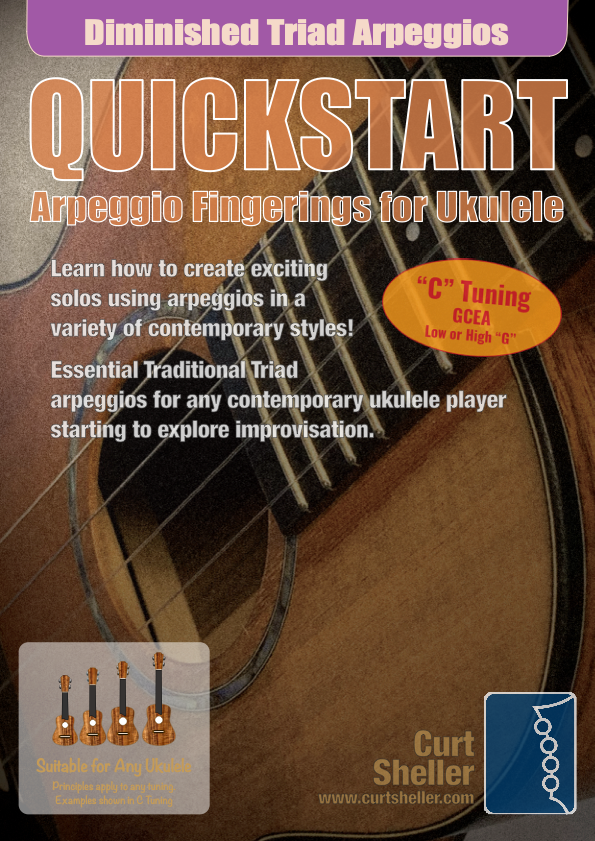
There are four traditional triads: Major, Minor, Diminished and Augmented. Based on a major scale a Diminished triad contains the following intervals: Root (1), b3, b5. A one octave fingering solution is presented for each finger starting on strings ➃, ➂ and ➁. Beyond these fingering solutions, there are many alternate and extended patterns available.
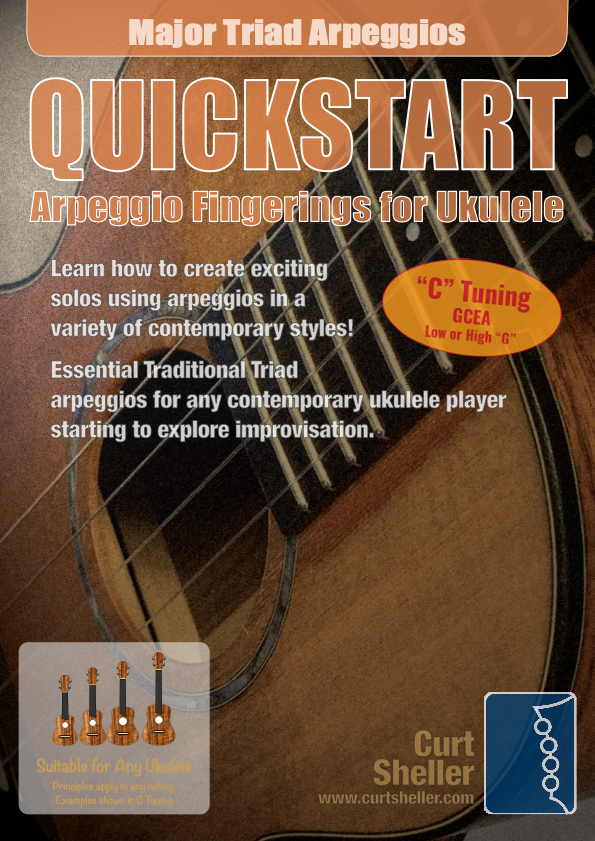
There are four traditional triads: Major, Minor, Diminished and Augmented. Based on a major scale a Major triad contains the following intervals: Root (1), 3, . A one octave fingering solution is presented for each finger starting on strings ➃, ➂ and ➁.
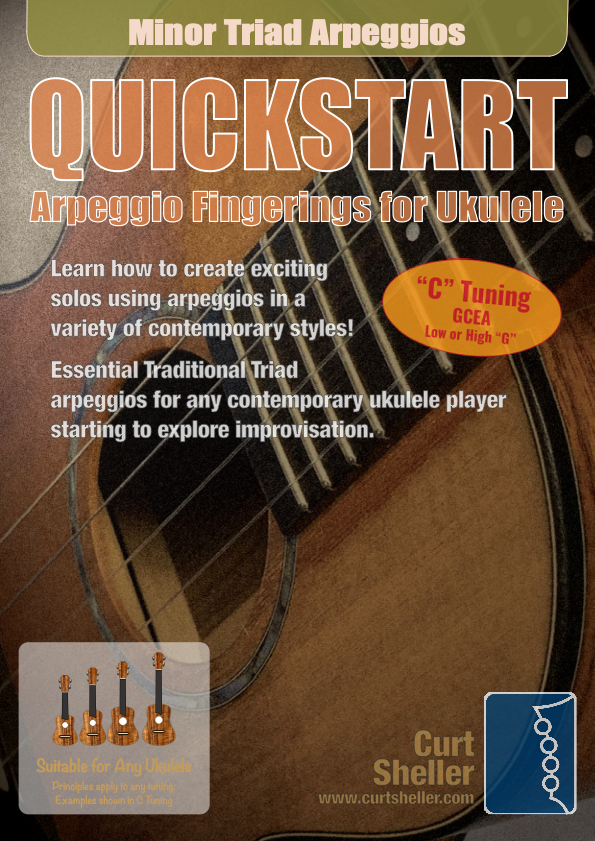
There are four traditional triads: Major, Minor, Diminished and Augmented. Based on a major scale an Minor triad contains the following intervals: Root (1), b3, 5. A one octave fingering solution is presented for each finger starting on strings ➃, ➂ and ➁. Beyond these fingering solutions, there are many alternate and extended patterns available.

QuickStart Scale Arpeggio Fingerings for Ukulele - Triads is a concise, well organized book ideal for any ukulele player beginning to explore the ukulele's full potential as a musical instrument. Arpeggio Fingerings for Ukulele - Triads keeps a sharp focus on essential arpeggios and their fingerings. All material is covered in every key.

The Blues or Minor Pentatonic is one of six essential scales for ALL guitar players. One octave scale fingering solutions with the Blues scale chords are covered in all keys. Sample chord progressions for practice are included. Book includes four studio recorded backing tracks for exploring the Blues scales in the book.
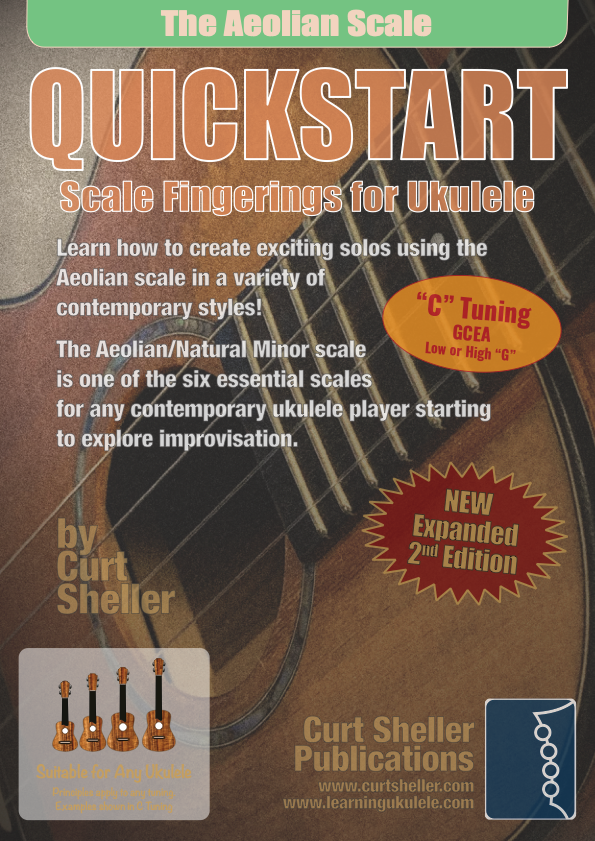
The Aeolian or Natural Minor is one of six essential scales for ALL ukulele players. One octave scale fingering solutions for strings four and three and any finger with the Aeolian scale chords are covered in all keys. Sample chord progressions for practice are included.
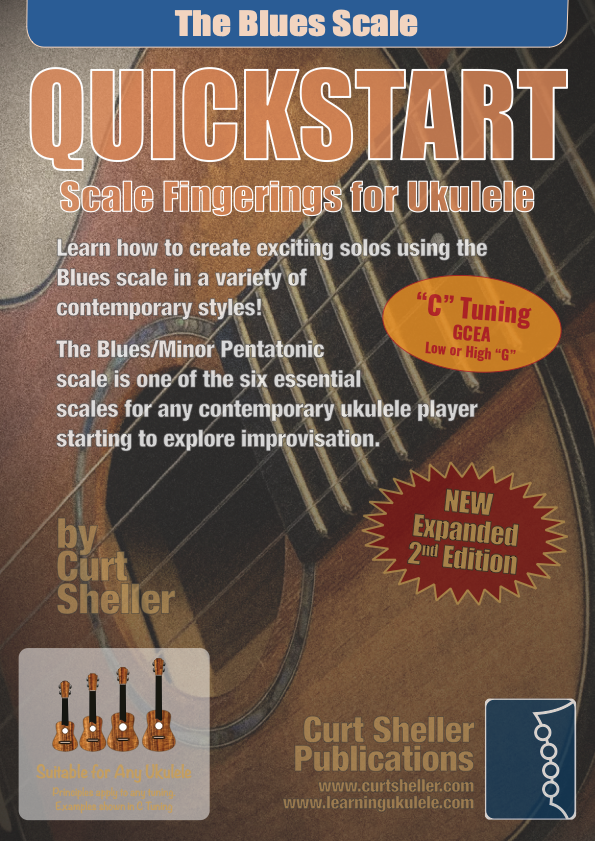
The Blues or Minor Pentatonic is one of six essential scales for ALL ukulele players. One octave scale fingering solutions for strings four and three and any finger with the Blues scale chords are covered in all keys. Sample chord progressions for practice are included. Tunings: C with low or high G - (GCEA or gCEA).
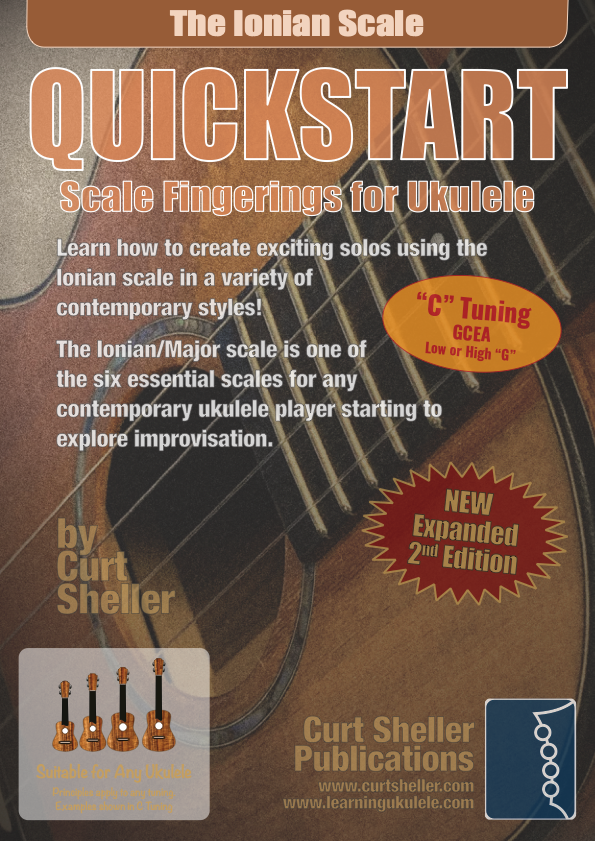
The Ionian scale is a major scale more commonly known by its traditional name - Major and one of six essential scales for ALL ukulele players. One octave scale fingering solutions for strings four and three and any finger with the Mixolydian scale chords are covered in all keys. Sample chord progressions for practice are included. Tunings: C with low or high G - (GCEA or gCEA). This book includes access to four studio recorded backing tracks for exploring the scale and improvisation in a variety of settings. Tracks are also great for practicing your chords against.
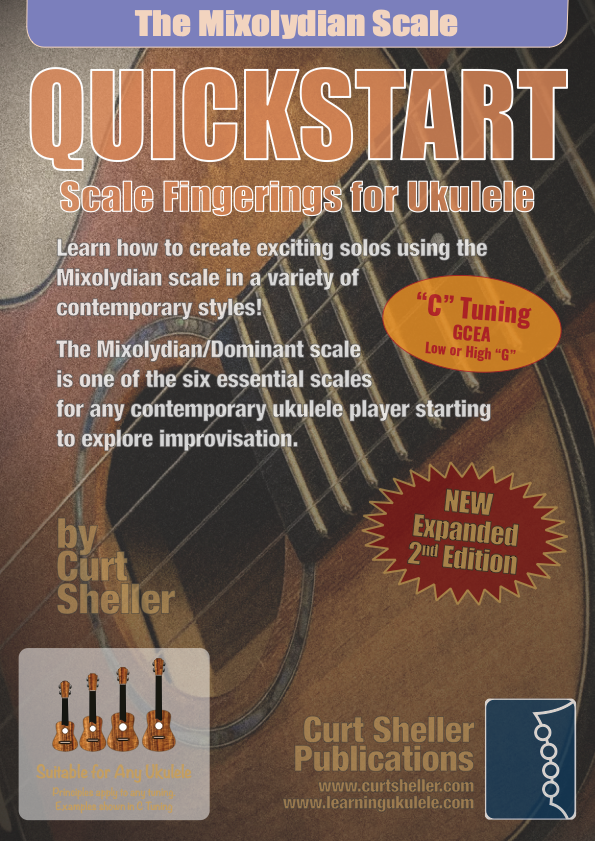
The Mixolydian or Dominant is one of six essential scales for ALL ukulele players. One octave scale fingering solutions for strings four and three and any finger with the Mixolydian scale chords are covered in all keys. Sample chord progressions for practice are included. Tunings: C with low or high G - (GCEA or gCEA). This book includes access to four studio recorded backing tracks for exploring the scale and improvisation in a variety of settings. Tracks are also great for practicing your chords against.

The Pentatonic or Major Pentatonic is one of six essential scales for ALL ukulele players. One octave scale fingering solutions covering strings four and three using any finger. Pentatonic (Major Pentatonic) scale chords are covered in all keys.

The Whole Tone scale is a traditional scale used in a wide variety of music. This traditional scale is covered in all keys with one octave scale fingerings starting on any finger. Tunings: C with low or high G - (GCEA or gCEA). Learn to create exciting solos in a variety of contemporary styles!
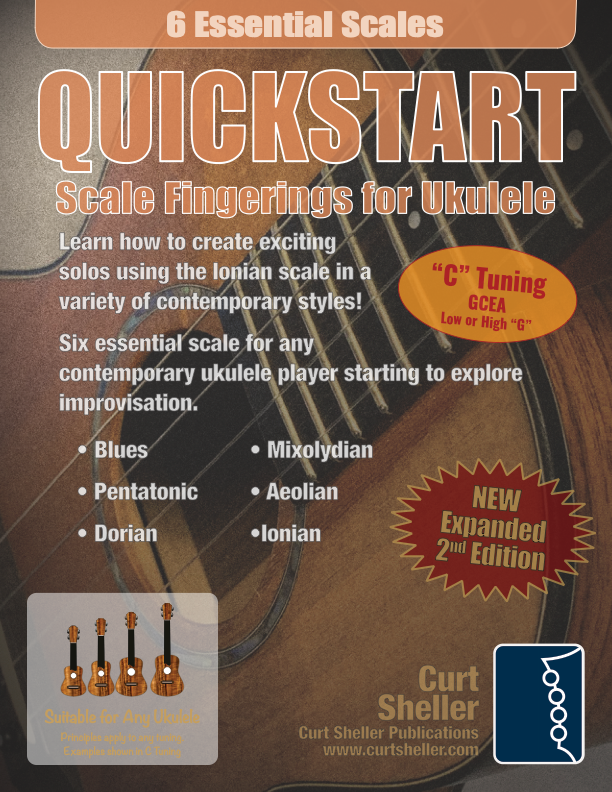
Learn to create exciting solos in a variety of contemporary styles! Scales are used to improvise, create melodies and riffs. With broad knowledge of the essential scales that are used in contemporary music and a mastery of the ukulele's fingerboard and fingering principles, you're well on your way.

Learn the six fingering principles to navigating the ukulele fingerboard. Fingering is one of the most universal topics. Whether your style is Rock, Blues, Country, Jazz or Classical, these principles will improve your technique, your solos, even your sight reading. Think of fingering as a series of pathways. When you learn to connect these pathways, there are benefits not only to technique but also to creativity.

Finally, learn the names of the notes of the ukulele fingerboard in C tuning .

Learn the six fingering principles to navigating the ukulele fingerboard. Fingering is one of the most universal topics. Book: Six Secrets of the Ukulele Fingering

Harmonic Analysis is the understanding of the functional sequence of chords. It is the process used to analyze the harmonic structure of a progression, song or composition. Book: Harmonic Analysis for Scale Selection and Chord Substitution

Learn to read single note melodies in the first/open position is a lot easier than you might think. Book: Ukulele – Reading Music Series – Primer

An organized collection of daily practice and reference material for the contemporary ukulele player for developing the vocabulary and knowledge necessary for single note playing. Book: Daily Practice Material for the Contemporary Ukulele
Checkout the Books & Reference Charts for additional Handy, Dandy Reference Charts.

Ukulele Fingerboard Chart for C Tuning, Low or High G – G C E A

Ukulele Fingerboard Chart for G Tuning, Low or High A – D G B E

A handy reference chart of all 15 major and relative minor key signatures. US Letter 8.5 x 11 sized (ANSI-A), A4
Checkout the Books & Reference Charts for additional Handy, Dandy Reference Charts.



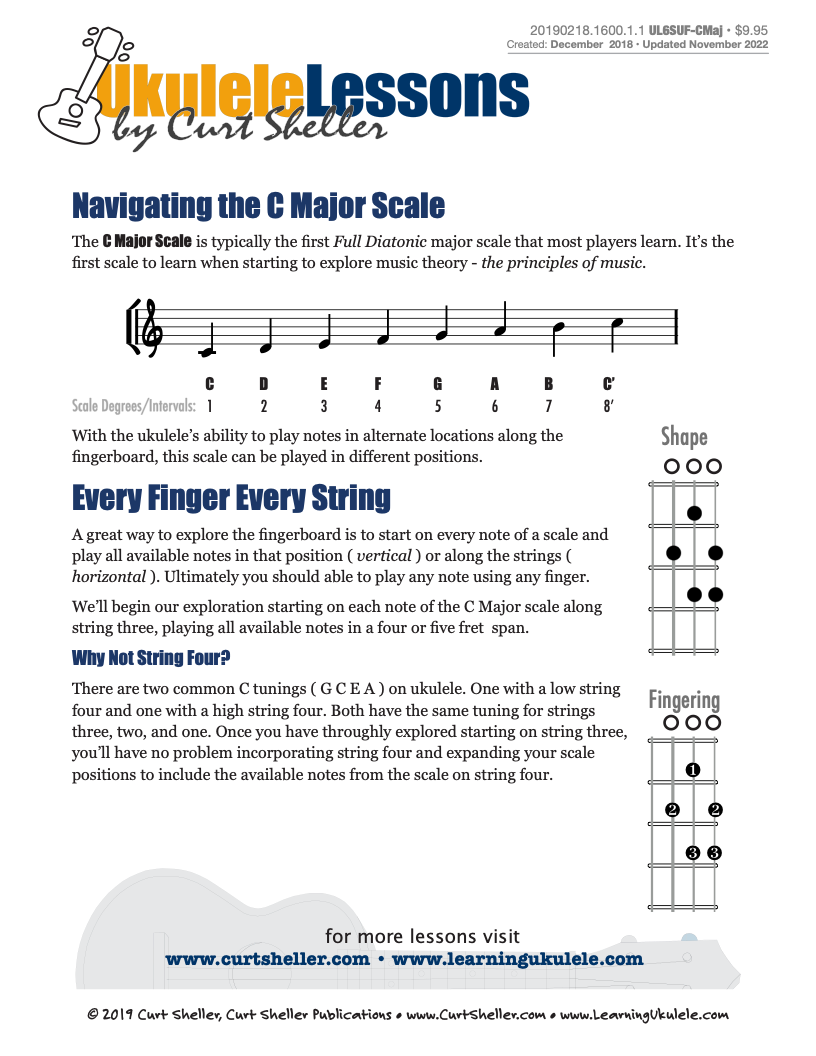
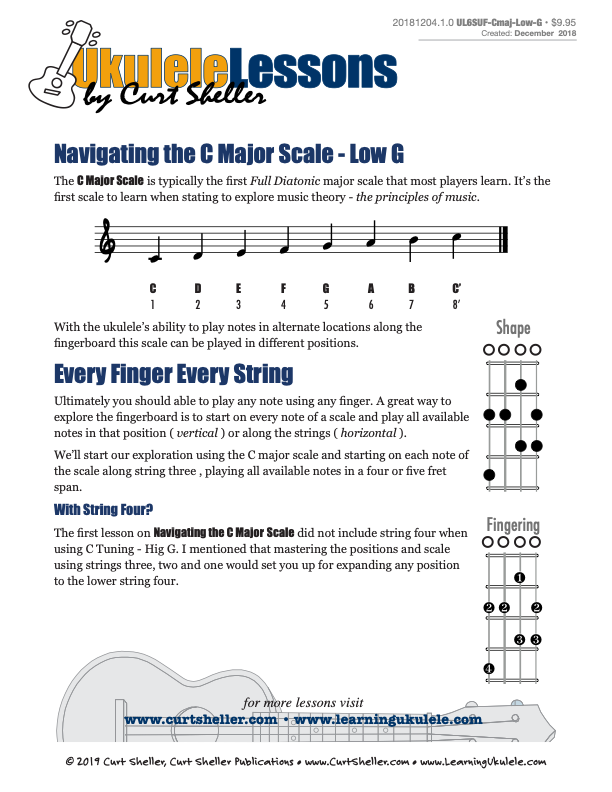
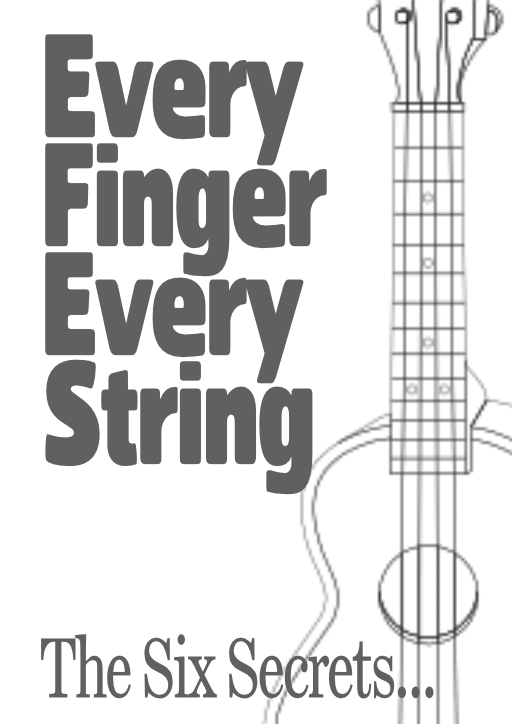


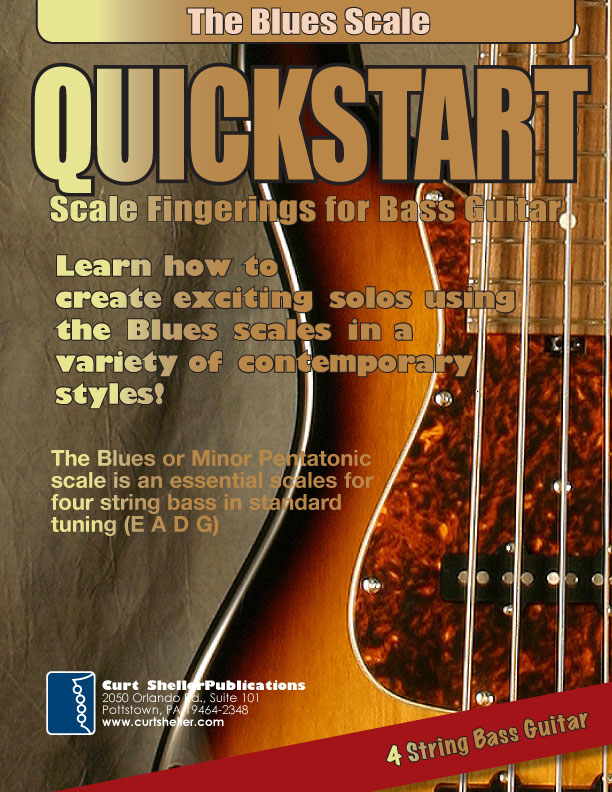
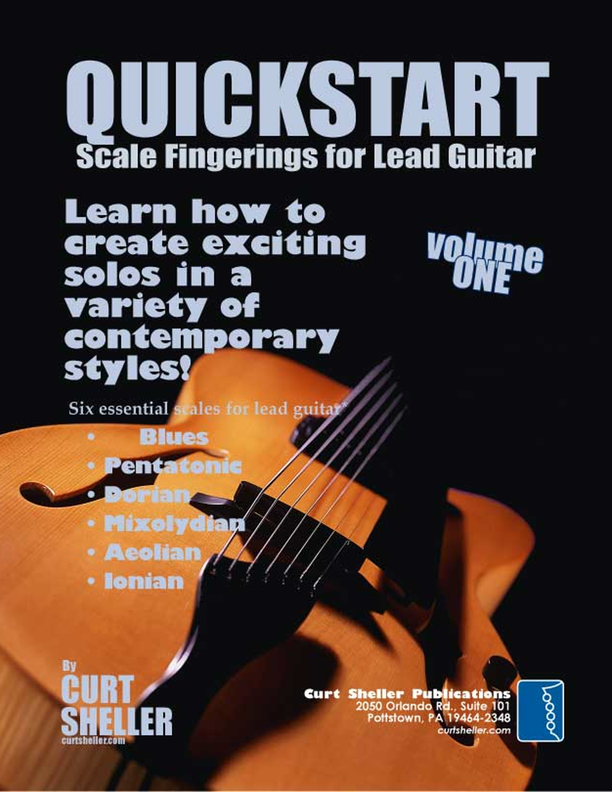
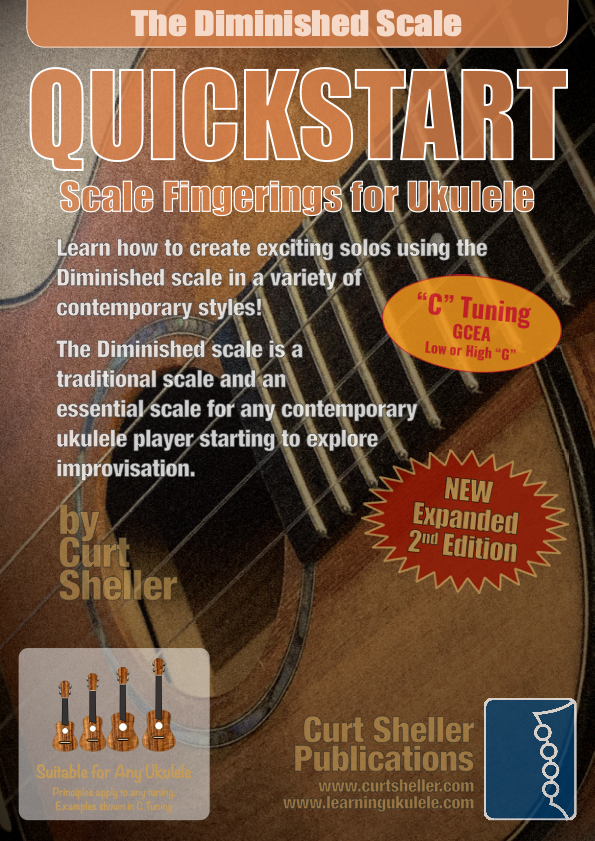


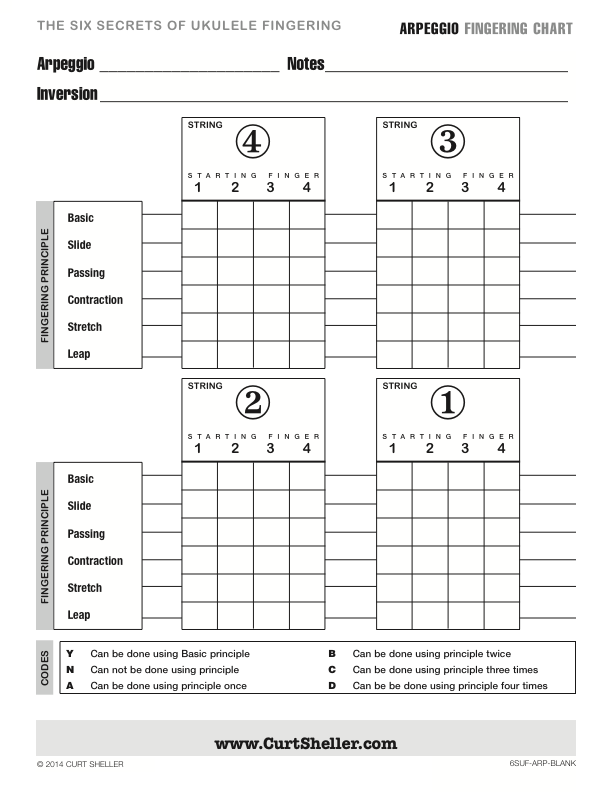
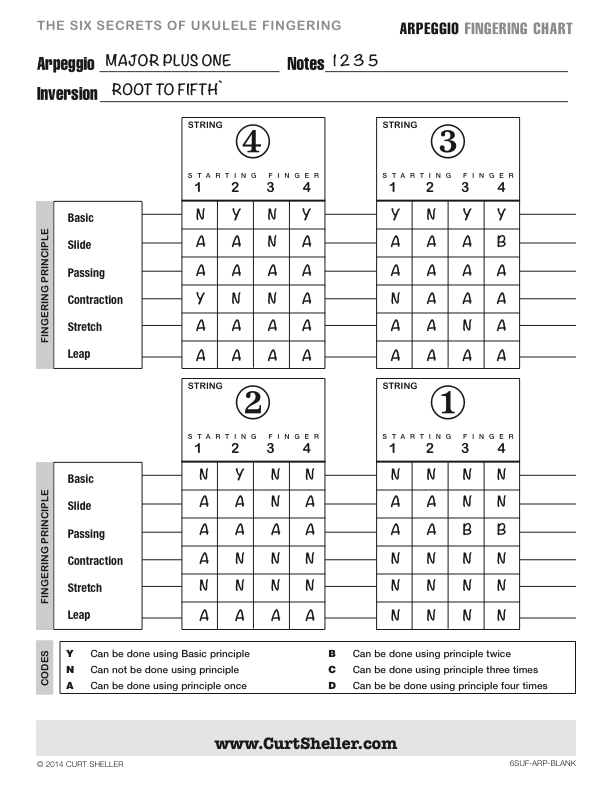
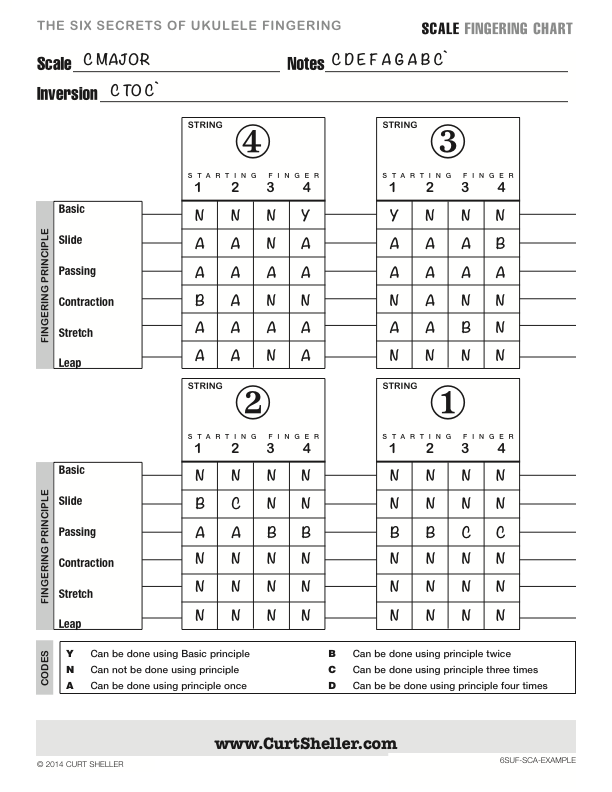
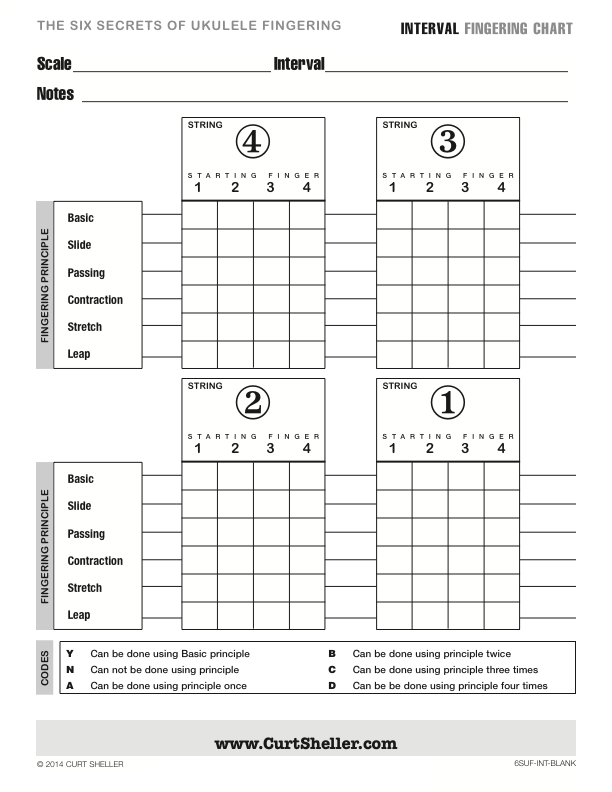
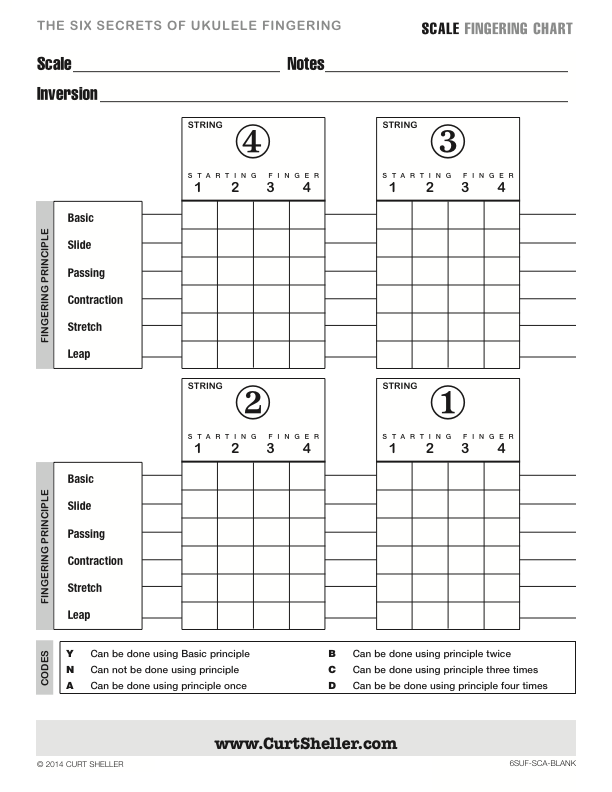
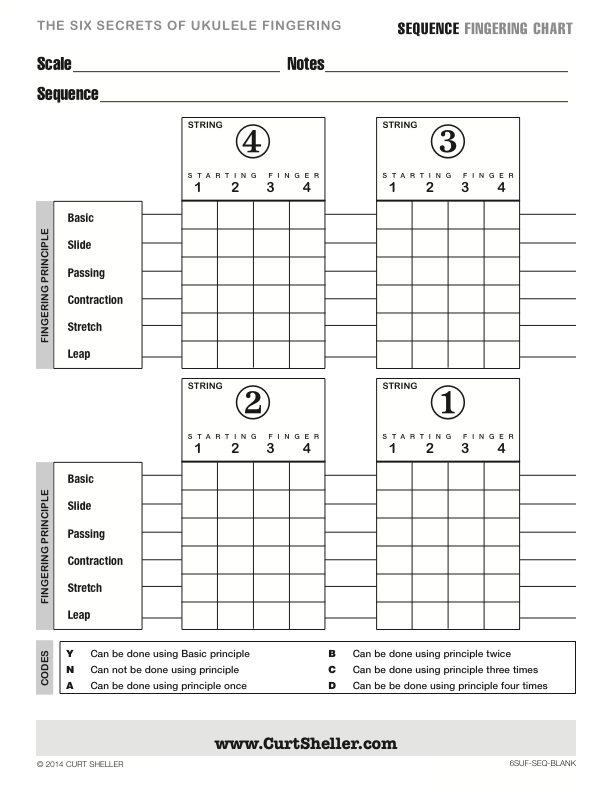

.jpg)